Stars (1): Types, Properties, & Composition
$4.99 Original price was: $4.99.$4.49Current price is: $4.49.
Description
Everything on the Stars; a comprehensive guide – Part 1.
Topics:
-
What is a star
-
Star formation
-
Properties of stars: luminosity, temperature, size, composition
- Apparent luminosity v/s absolute luminosity
-
Nuclear fusion
-
Classification of stars by mass and by spectral types
-
Binary systems and multiple star clusters
-
Open and globular star clusters
-
Hertzsprung-Russell (H-R) diagram
-
Spectroscopes – analyzing spectroscopes to identify elements
-
Importance of stars
Learning Objectives:
-
Outline the properties of stars, such as brightness, temperature, size, and composition.
-
Discuss the process of nuclear fusion in stars and it influences their life cycles
-
Identify the different types of stars based on their mass and spectral types
-
Interpret the Hertzsprung-Russell diagram to understand the classification and life stages of stars.
-
Trace the life cycle of stars: main sequence, red giant phase, white dwarfs, neutron stars, or black holes.
Key Features:
-
Eye-catching cover page to captivate students’ attention right from the start.
-
Clearly outlined learning objectives to guide student progress and understanding.
-
Detailed notes section for recording essential information and facilitating student engagement.
-
Minimum of 4 interactive activity links with QR codes, offering a range of options such as videos, virtual labs, online games, interactive websites, online tutorials, and catchy songs.
-
Concise summary to reinforce key concepts and facilitate comprehension.
This versatile resource is perfect for both classroom instruction and home learning!
The slides are intended for personal use in your own classroom and cannot be used commercially, even if modified. They may not be freely shared or distributed on the internet.
The slides are aligned with the learning objectives of the Grade 10 in the new British Columbia BC curriculum. To access a comprehensive collection of learning objectives, please browse the supplementary slides offered in this store.
Additional information
| Grade Level | Grade 6 |
|---|---|
| Language | English |
Reviews (0)
Only logged in customers who have purchased this product may leave a review.
Related products
-10%
Body Systems (II) Unit
-10%
Electricity & Magnetism
-10%
Diversity & Survival
Ecological Relationships: Competition, Predation and Symbiosis
-10%
Body Systems (II) Unit
-10%
Electricity & Magnetism
-10%
Forces & Motion
-10%
Forces & Motion
-10%
Diversity & Survival

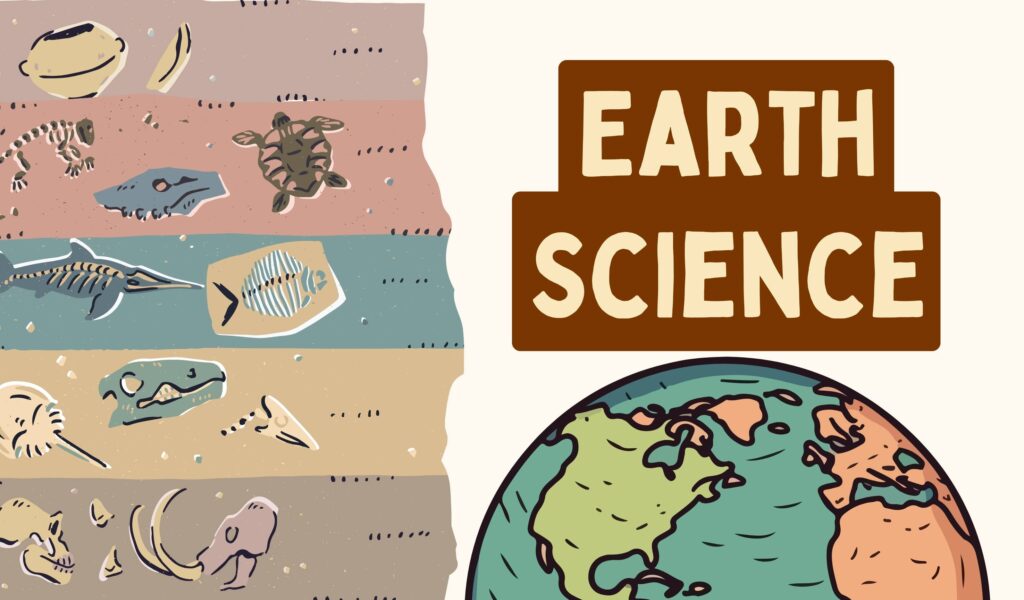
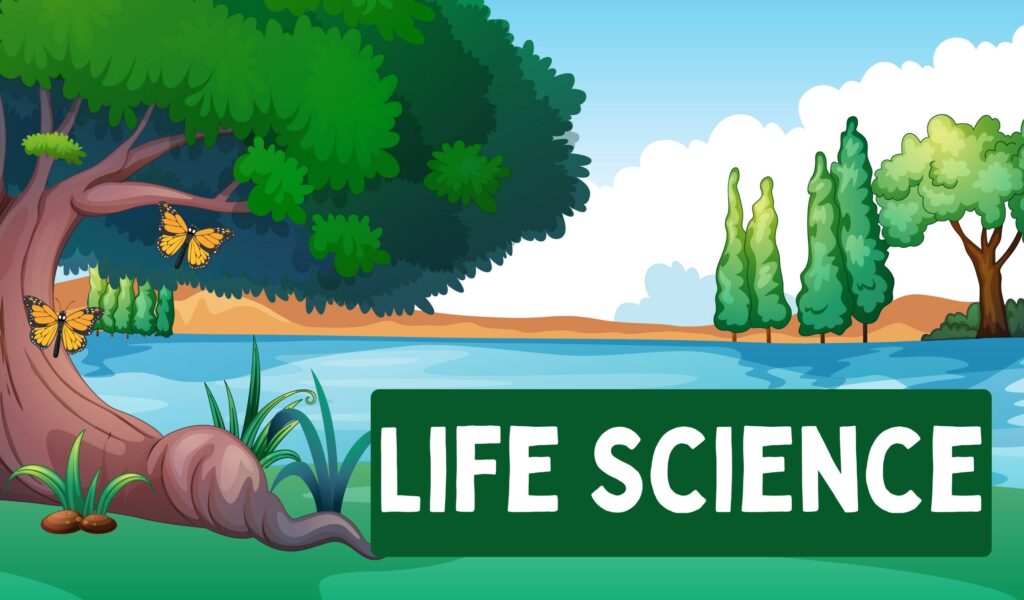
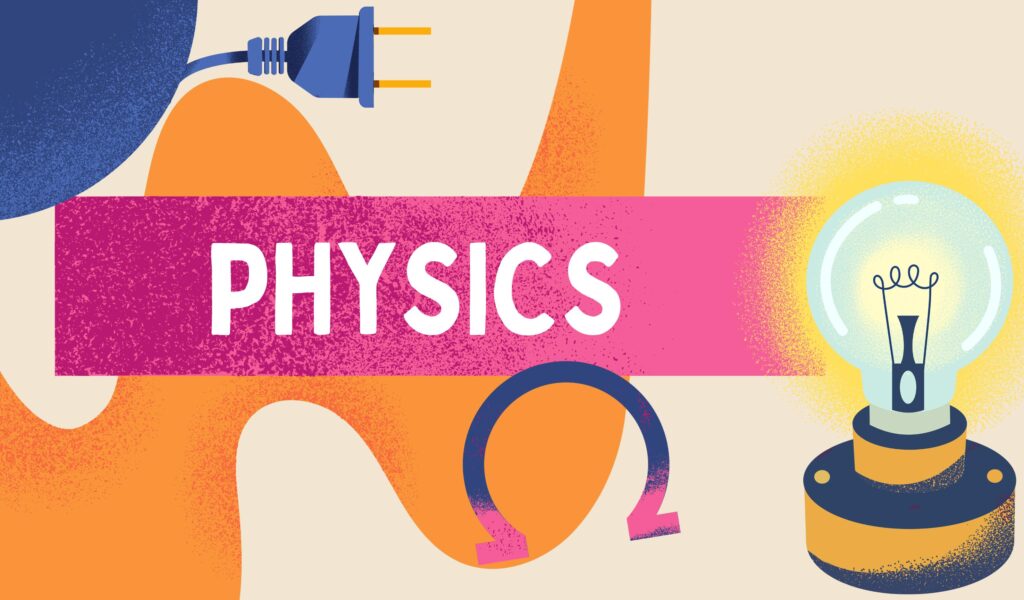
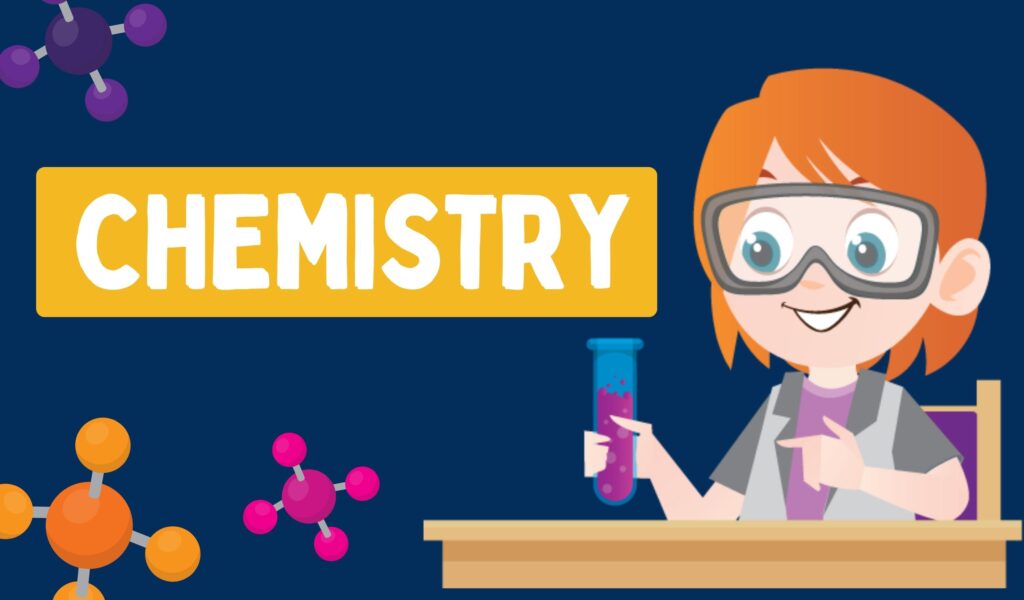




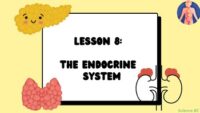
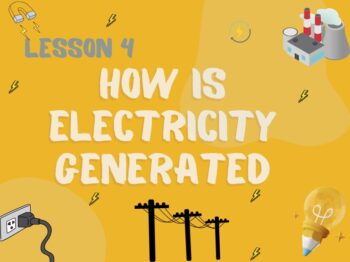


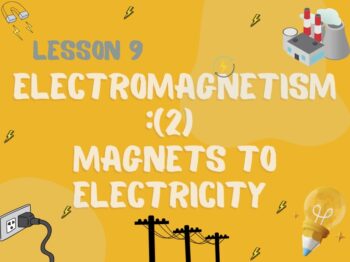


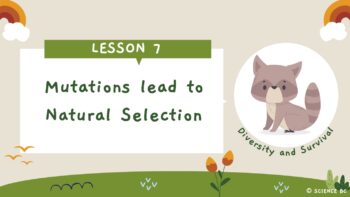

Reviews
There are no reviews yet.